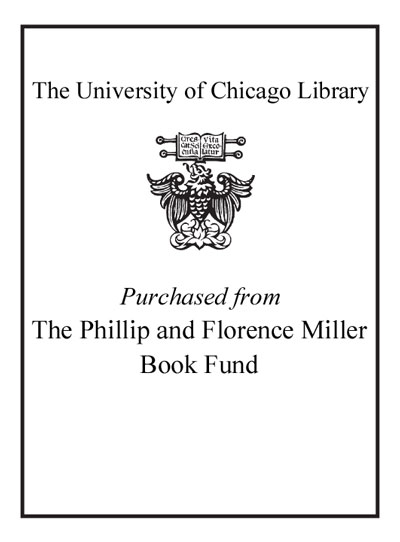Review by Choice Review
Clearly written, this style manual has the official imprimatur of the Modern Language Association of America. New features include citation formation for electronic sources and guidelines for preparing electronic files. Also featured are useful sections on placing a manuscript with a journal and with a press, copyediting, proofreading, and preparing an index (including strictures on the limitations of indexing software). The section on plagiarism is all too brief and should contain specific examples. Updating the MLA Style Manual is a far shorter, easier, and cheaper process than updating The Chicago Manual of Style (15th ed., 2003; 14th ed., CH, Jan'94, 31-2458) . Both manuals omit the obvious observation that all the style and guidance in the world is irrelevant if a writer has nothing interesting to contribute. It is depressing to note that the earliest date of publication cited in the "Sources of Examples" in the MLA Style Manual is 1981. Donna C. Stanton concludes her preface by saying that the manual "should be read ... [as] an open book that we can rewrite in future editions, for future generations." One can only hope that this does not provide the MLA with an excuse to increase its profits by issuing an updated edition every other year. This third edition of the manual is, however, indispensable. Summing Up: Essential. Lower-division undergraduates through professionals/practitioners; general readers. W. Baker Northern Illinois University
Copyright American Library Association, used with permission.
Review by Choice Review

